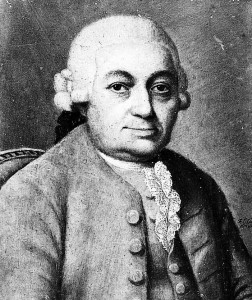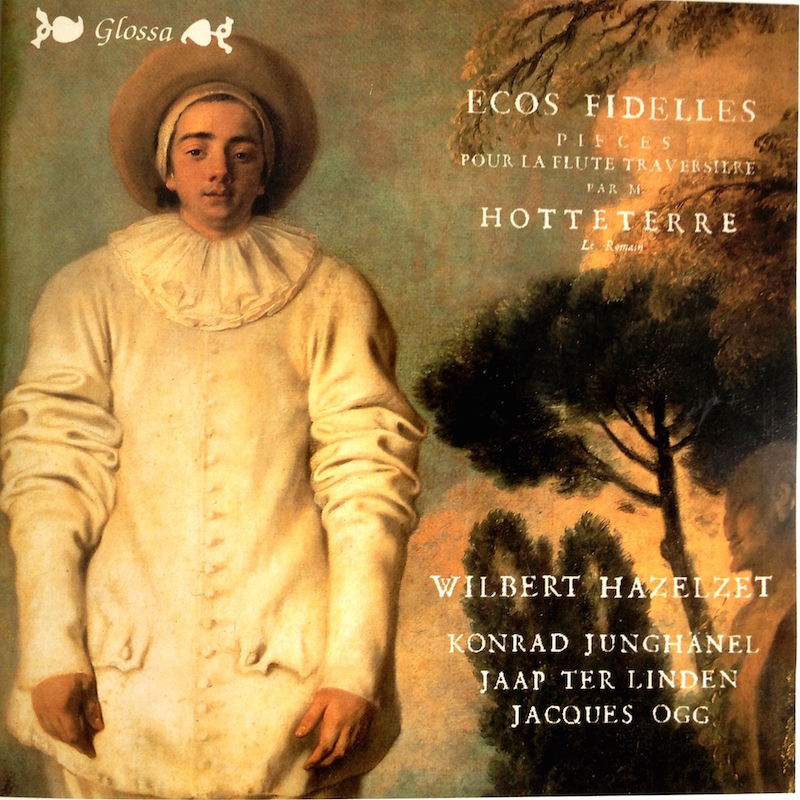Update: Recorder sold!
Have a listen:
Dear recorder players,
I’m selling a baroque alto recorder, made in boxwood, 415 Hz (after Denner) by Joachim Rohmer for 1100€.
I bought the instrument in 2011 at the ERTA ibérica recorder exposition in Madrid. Of all recorders from the Rohmer Recorders workshop I loved this one most. The voicing is quite open and it allows quite a lot of air. The low notes are very strong and powerful.
I’m a bit sad to let it go, but I bought another recorder and unfortunately I can’t keep both of them.
Thanks for your interest,
Milena
Hola flautistas,
Vendo una flauta alto barroca, madera de boj, 415 Hz (según Denner) de Joachim Rohmer por 1100€.
Compré el instrumento en 2011 en la exposición de flautas del encuentro de la ERTA ibérica en Madrid. De todas las flautas que traían del taller de Rohmer ésta específicamente me encantó. Es una flauta bastante abierta que se deja soplar bien. Tiene graves muy potentes.
Me da mucha pena venderla, pero he comprado otra alto y por desgracia no me puedo quedar con las dos.
Gracias,
Milena







 “It is not likely that anybody could question the necessity of ornaments. They are found everywhere in music, and are not only useful, but indispensable. They connect the notes; they give them life. They emphasise them, and besides giving accent and meaning they render them grateful; they illustrate the sentiments, be they sad or merry, and take an important part in the general effect. They give to the player an opportunity to show off his technical skill and powers of expression. A mediocre composition can be made attractive by their aid, and the best melody without them may seem obscure and meaningless.”
“It is not likely that anybody could question the necessity of ornaments. They are found everywhere in music, and are not only useful, but indispensable. They connect the notes; they give them life. They emphasise them, and besides giving accent and meaning they render them grateful; they illustrate the sentiments, be they sad or merry, and take an important part in the general effect. They give to the player an opportunity to show off his technical skill and powers of expression. A mediocre composition can be made attractive by their aid, and the best melody without them may seem obscure and meaningless.”






